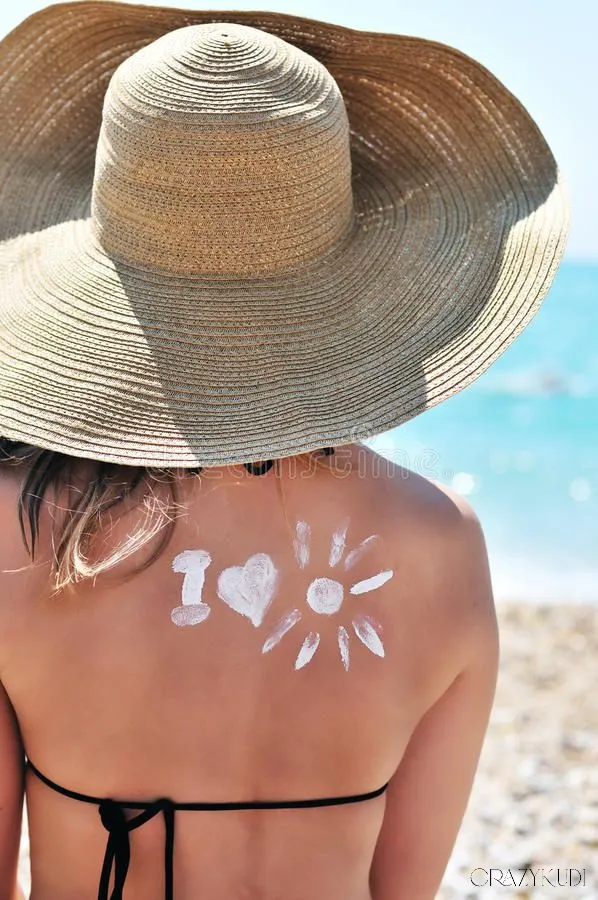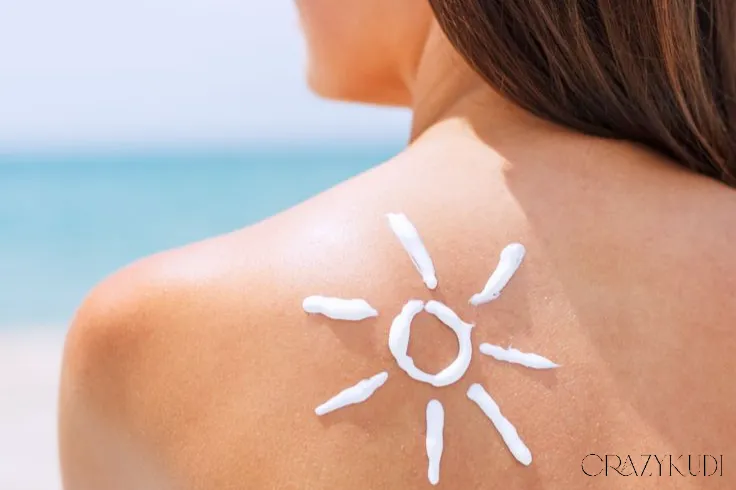As a board-certified dermatologist, I talk about sun protection all day long. It's the single most important thing you can do for your skin's long-term health and appearance, significantly reducing your risk of skin cancer and preventing premature aging. While most people know they should use sunscreen, truly effective sun protection involves much more nuance than simply slathering on some lotion before heading outdoors.
Do you really know how to protect your skin effectively? Over the years, I've found many patients have gaps in their knowledge or rely on outdated myths. Let's clarify things with 17 essential tips straight from the dermatologist's office:
Sunscreen Fundamentals:
- SPF 30 is the Daily Minimum: While higher SPFs offer marginally more protection, SPF 30 blocks about 97% of UVB rays. This is the minimum standard dermatologists recommend for daily use. Don't get overly fixated on SPF 100+; consistent use and proper application of SPF 30+ are more critical.
- "Broad Spectrum" is Non-Negotiable: SPF only measures protection against UVB (burning) rays. You NEED protection against UVA (aging) rays too, which penetrate deeper, cause wrinkles, and contribute to skin cancer. Always choose sunscreens labeled "Broad Spectrum."
- Apply Generously (More Than You Think!): This is where most people fail. You need about a nickel-sized dollop for your face alone (or use the two-finger length method). For your body, aim for about 1 ounce (a full shot glass). Under-applying drastically reduces the actual SPF protection you receive.
- Reapply Diligently: Sunscreen isn't a one-and-done application. Reapply every two hours when outdoors, and immediately after swimming, sweating heavily, or toweling off, regardless of the SPF number or water resistance claims.
- Sunscreen is a Daily, Year-Round Habit: UVA rays are present year-round, penetrate clouds, and even pass through window glass. Apply sunscreen every morning, even on cloudy days, winter days, or if you'll be mostly indoors near windows or in a car.
Also read: Our Skin Under Pressure: A Dermatologist Explains Climate Change's Impact on Skin Health
Beyond Sunscreen: Comprehensive Protection:
- Seek Shade Strategically: Especially during peak sun hours (typically 10 a.m. to 4 p.m.) when UV radiation is strongest. An umbrella, tree, or awning can offer significant protection.
- Wear Protective Clothing: Clothing is one of the most effective forms of sun protection. Look for garments with an Ultraviolet Protection Factor (UPF) rating of 30 or higher. Darker colors and tightly woven fabrics generally offer better protection than lighter, looser weaves.
- Accessorize with Wide-Brimmed Hats (Not Baseball Caps!): A hat with a brim at least 3-4 inches wide all around is crucial for protecting your face, scalp, ears, and neck – areas often missed with sunscreen and common sites for skin cancer. Baseball caps leave the neck and ears exposed.
- Don UV-Blocking Sunglasses: Protect your eyes and the delicate skin around them. Choose sunglasses labeled "UV 400" or "100% UV protection" to block both UVA and UVB rays. Large, wrap-around styles offer the best coverage.
- Don't Forget Neglected Areas: Ears, back of the neck, scalp (especially if hair is thinning or parted), tops of feet, and back of hands are commonly missed and highly susceptible to sun damage. Apply sunscreen thoroughly to these spots.
- Use SPF Lip Balm: The lips have thin skin and are vulnerable to sun damage, including skin cancer. Use a lip balm or lipstick with SPF 30+ daily and reapply often.

Environmental Awareness & Timing:
- Know Your Peak Hours: UV radiation is most intense between 10 a.m. and 4 p.m. Plan outdoor activities for earlier in the morning or later in the afternoon whenever possible.
- Understand the UV Index: Check the daily UV Index forecast (available in weather apps or online). A higher number indicates stronger UV radiation and a greater need for robust protection.
- Be Wary of Reflections: UV rays bounce off surfaces! Water, snow, sand, and even concrete can reflect UV radiation, significantly increasing your exposure, even if you're in the shade. Be extra vigilant in these environments.
- Protect Yourself Indoors & In Cars: Remember, UVA rays penetrate standard window glass. Consider UV-protective film for car windows (check local regulations) and be mindful of prolonged sun exposure near windows at home or work.
Also read: Decoding SPF: A Dermatologist's Guide to Choosing the Right Sunscreen
Myth Busting:
- There's No Such Thing as a "Safe" or "Base" Tan: A tan is your skin's response to injury from UV radiation. Any tan signifies DNA damage. A "base tan" offers minimal protection (equivalent to maybe SPF 3-4) and does not prevent future damage or reduce skin cancer risk.
- NEVER Use Tanning Beds: Tanning beds emit predominantly UVA radiation, often at intensities much higher than the sun. They are unequivocally linked to increased risks of melanoma and other skin cancers, as well as premature aging. There is absolutely no safe way to use a tanning bed.
Conclusion:
Truly protecting your skin from the sun requires a multi-faceted approach. It's about choosing the right sunscreen and applying it correctly, incorporating protective clothing and accessories, being mindful of your environment and the time of day, and understanding the facts versus the myths. Make these 17 tips a regular part of your routine, not just for vacation, but for everyday life. Consistent sun protection is the best investment you can make in maintaining healthy, youthful skin and preventing skin cancer for years to come.

